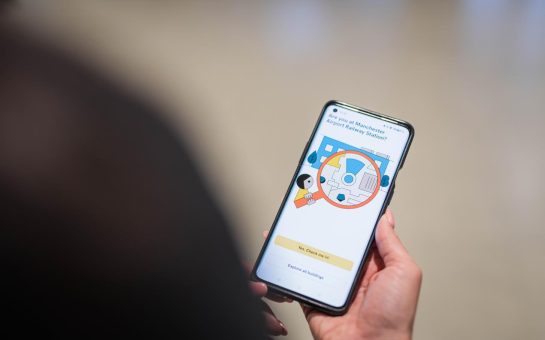An interactive smartphone game developed in Manchester to help children with asthma ‘breathe easier’ could save lives, according to specialists.
Researchers at the University of Manchester and Central Manchester University Hospitals NHS Foundation developed the game to help children use a key asthma inhaler known as a ‘spacer’ far more effectively.
The specially designed game features action characters that move when the user blows into their inhaler.
Dr Clare Murray, an expert in children’s breathing disorders, said: “As parents are well aware, children are not always the greatest fans of taking medicine or using new treatment devices.
“And we know some young children do feel anxious about taking their asthma medication through a spacer.
“In our research the inhalers were used to deliver medication to help children with acute asthma problems in a hospital setting.
“But we believe they also have the potential to work with more regular asthma medication at home as well.”
She added: “The interactive game encouraged many of the children to use the spacer effectively. And it also helped tackle the stress and anxiety in both parents and children.’’
Dr Murray and Dr Tariq Aslam, a researcher and consultant from the University, arranged for the game and module to be tested on 14 children admitted to hospital with acute wheezing along with a survey to assess the child’s reaction.
The research showed that a 100% of the children who filled in a survey enjoyed the activity and 91% felt the spacer helped them take their medication.
Some of the benefits of the inhaler voiced by parents in the survey claimed the device made their child calmer and helped in their inhalation technique.
Dr Murray added: “The good news is that the appliance of new technology, and the power of ‘fun’ really seemed to reap benefits in our study.
“So in the future we hope the device might play a key role in supporting young children to breathe easier.”
Image courtesy of Great Ormond Street Hospital, with thanks.



